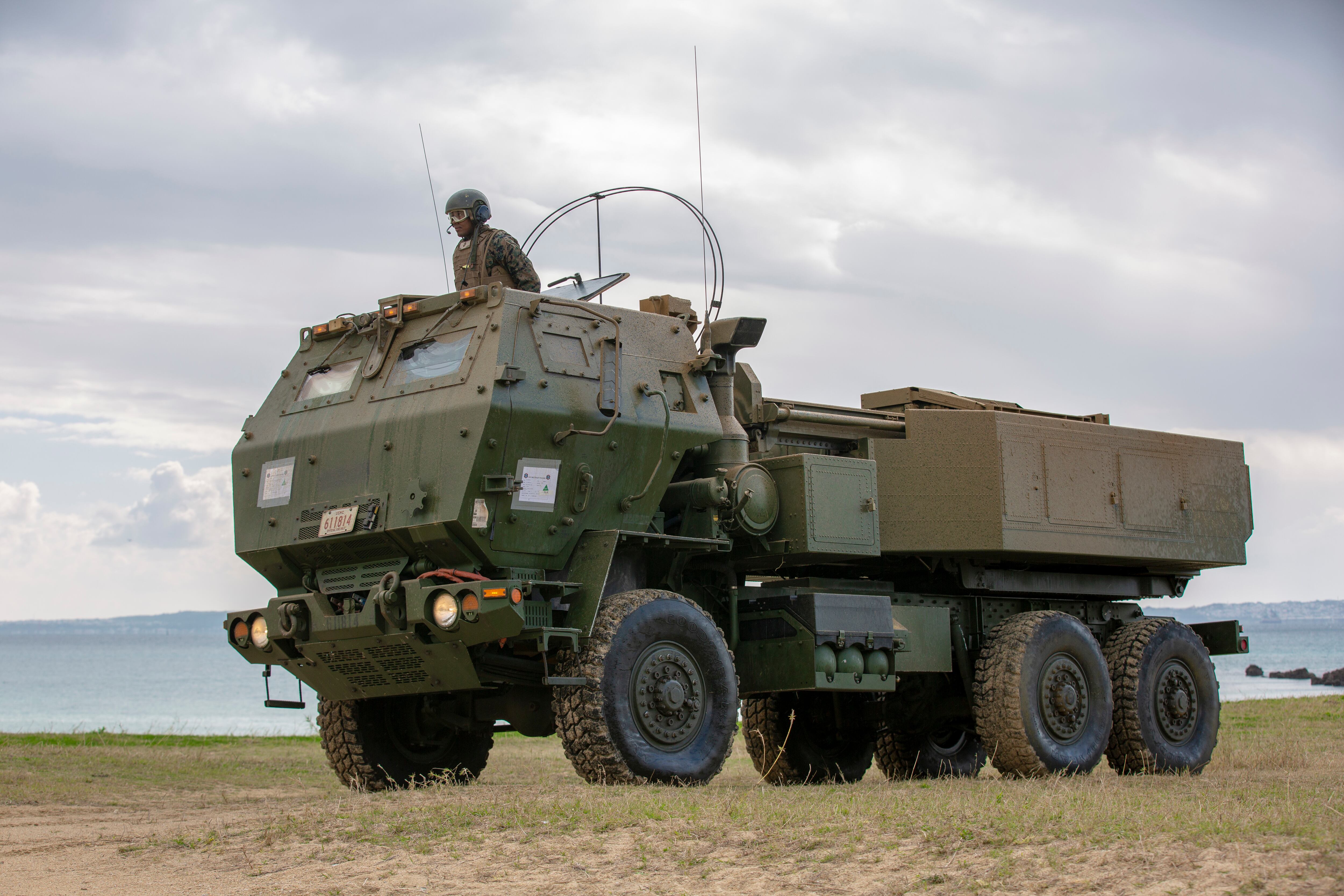WASHINGTON — Despite a push from a group of powerful House lawmakers, the final defense spending bill for fiscal year 2021 — released Dec. 21 — slashes the Marine Corps’ efforts to develop long-range precision fires capabilities.
“The logic here doesn’t make much sense,” Wisconsin Republican Rep. Michael Gallagher, a House Armed Services Committee member, said in a statement to Defense News. “This year’s spending package increases funding where the Marine Corps sought reductions and makes reductions where they sought increases. If the Commandant doesn’t have the resources to implement his planning guidance — a strategy that has bipartisan support — it’s impossible to actually implement the National Defense Strategy.”
Gallagher and House Republican Conference Chair Liz Cheney, R-Wyo., led 10 members who signed a letter addressed to House and Senate Appropriations Committee leadership, urging the committee working to finalize the FY21 Defense Appropriations Act to reconsider cuts to the Marines’ long-range precision fires programs.
Rep. Rob Wittman, R-Virginia, who is the ranking member on the HASC Seapower and Projection Forces subcommittee, and Rep. Vicky Hartzler, R-Missouri, who serves as the ranking member on the HASC Tactical Air and Land Forces subcommittee, also signed the Dec. 14 letter, which was obtained by Defense News.
But the final spending bill contained no funding for Marine Corps Tomahawk procurement and had substantial cuts to the research and development effort for Ground-Based Anti-Ship Missiles (GBASM).
The Marines had requested $125 million for Tomahawks and $64 million for GBASM as well as $75 million for long-range fires. The final bill essentially cuts the GBASM budget in half and trims almost $20 million for LRPF research and development — roughly a 25 percent cut.
At the same time, the bill adds $250 million for two CH-53K King Stallion heavy-lift cargo helicopters.
The commandant, in describing his priorities, said the Marine Corps will need to reduce its heavy-lift capacity as part of its efforts to transform the force.
LRPF capability is expected to play a highly important role in the Indo-Pacific theater and is “at the heart of the Commandant’s Planning Guidance,” the letter noted, “which calls for a revolutionary shift in the Marine Corps’ mission from amphibious forcible entry to sea denial in contested littorals.”
The commandant has emphasized that ground-based LRPF, with no less than a 350 nautical mile range, is what is required to properly defend against an adversary such as China in the Pacific region.
The Marine Corps had planned to move quickly on GBASM and wanted to field an operational battery by FY23. Such a timeline requires the continued launcher development and missile procurement in FY21 to account for missile long-lead production timelines of 24 months.
While the Army has made LRPF its top modernization priority, some argue that it’s beneficial for both the Army and Marine Corps to prioritize LRPF and that it is far from duplicative, but rather complementary, especially when considering different combatant command perspectives.
Meanwhile, like the Marines, the Army has also tried to back away from a focus on its heavy-lift aircraft, attempting for two years to curb its CH-47 Chinook cargo helicopter purchases by not buying the newest variant for the active force, opting instead to supply the Block II versions only to special operations units.
But both congressional authorizers and appropriators have reversed the service’s desire to cut cargo helicopter buys in favor of funding two ambitious efforts to procure a Future Long-Range Assault Aircraft and a Future Attack Reconnaissance Aircraft.
In 2019, then-Army Secretary Mark Esper made the case for a shift in focus away from heavy-lift aircraft and vehicles like the Joint Light Tactical Vehicle designed for the fight in Iraq and Afghanistan and instead focus on capability geared toward high-end conflict with adversaries like China and Russia. And the budget for FY20 reflected that shift with the CH-47 Block II cut.
The FY21 spending bill provides “sufficient” funding for the first five CH-47F Block II aircraft and advance procurement funding for long-lead materials for a second lot of five.
Jen Judson is an award-winning journalist covering land warfare for Defense News. She has also worked for Politico and Inside Defense. She holds a Master of Science degree in journalism from Boston University and a Bachelor of Arts degree from Kenyon College.




